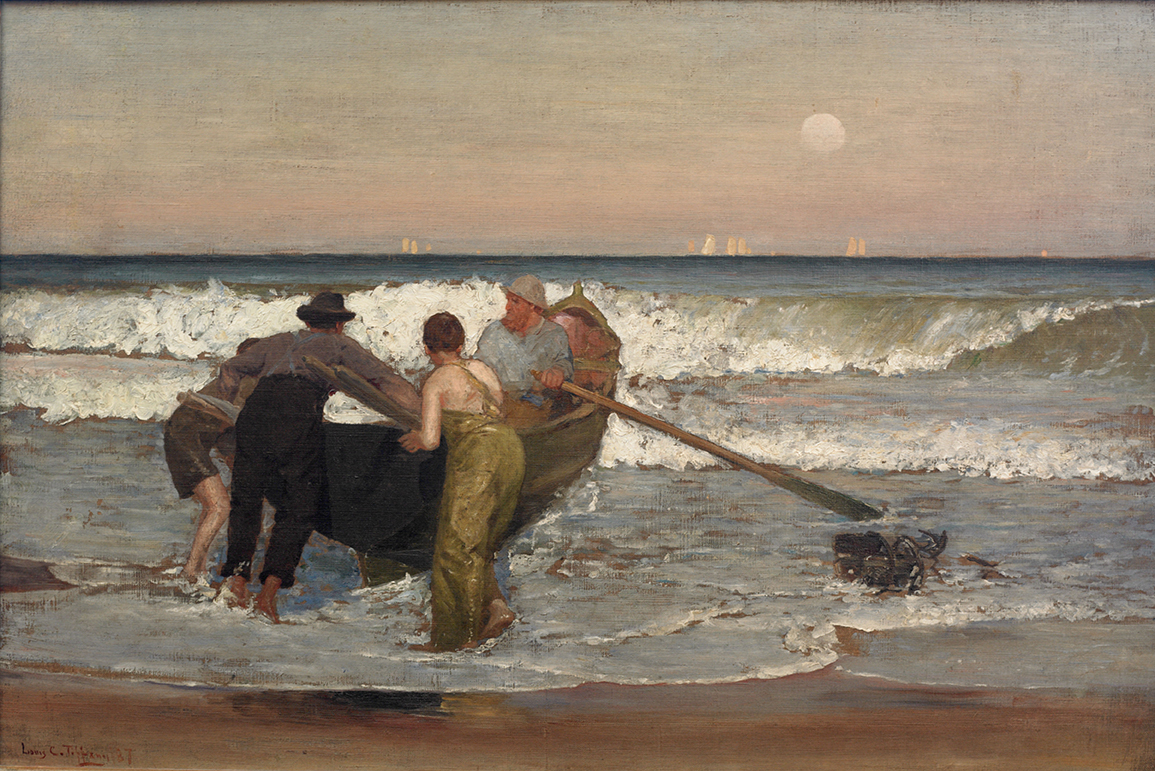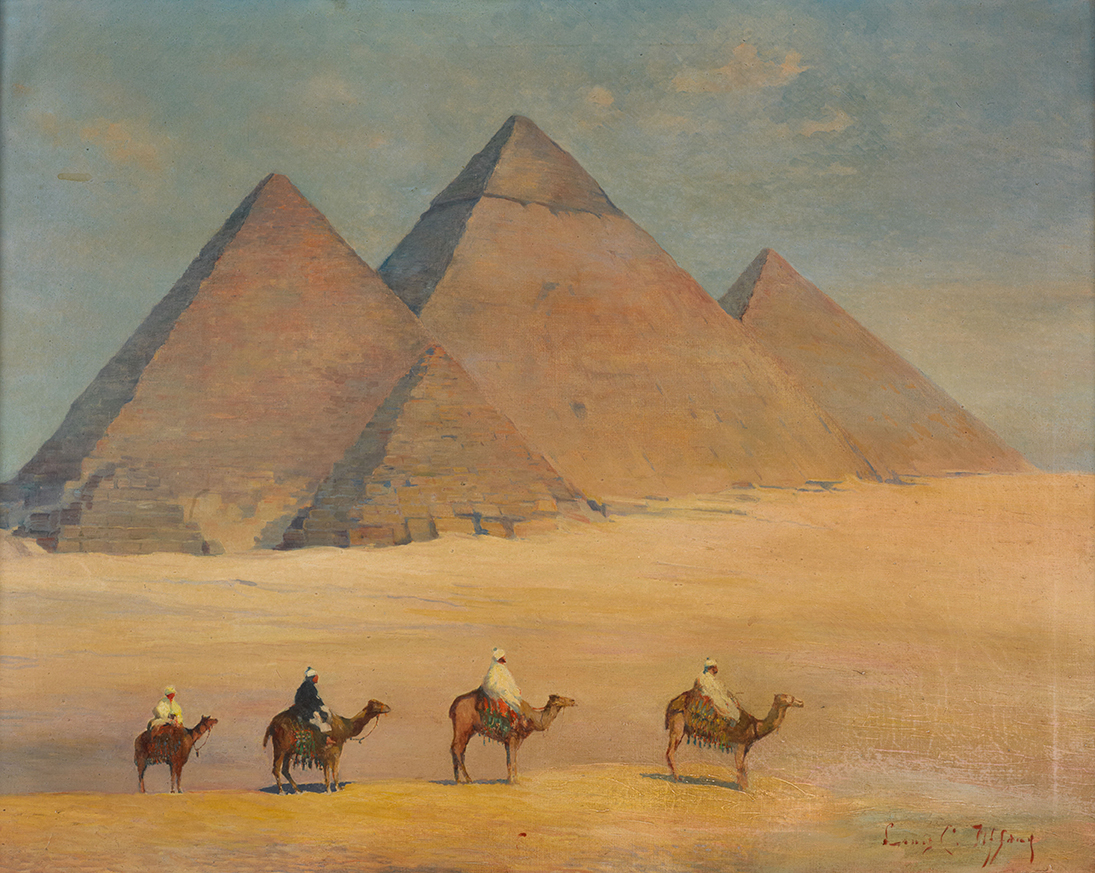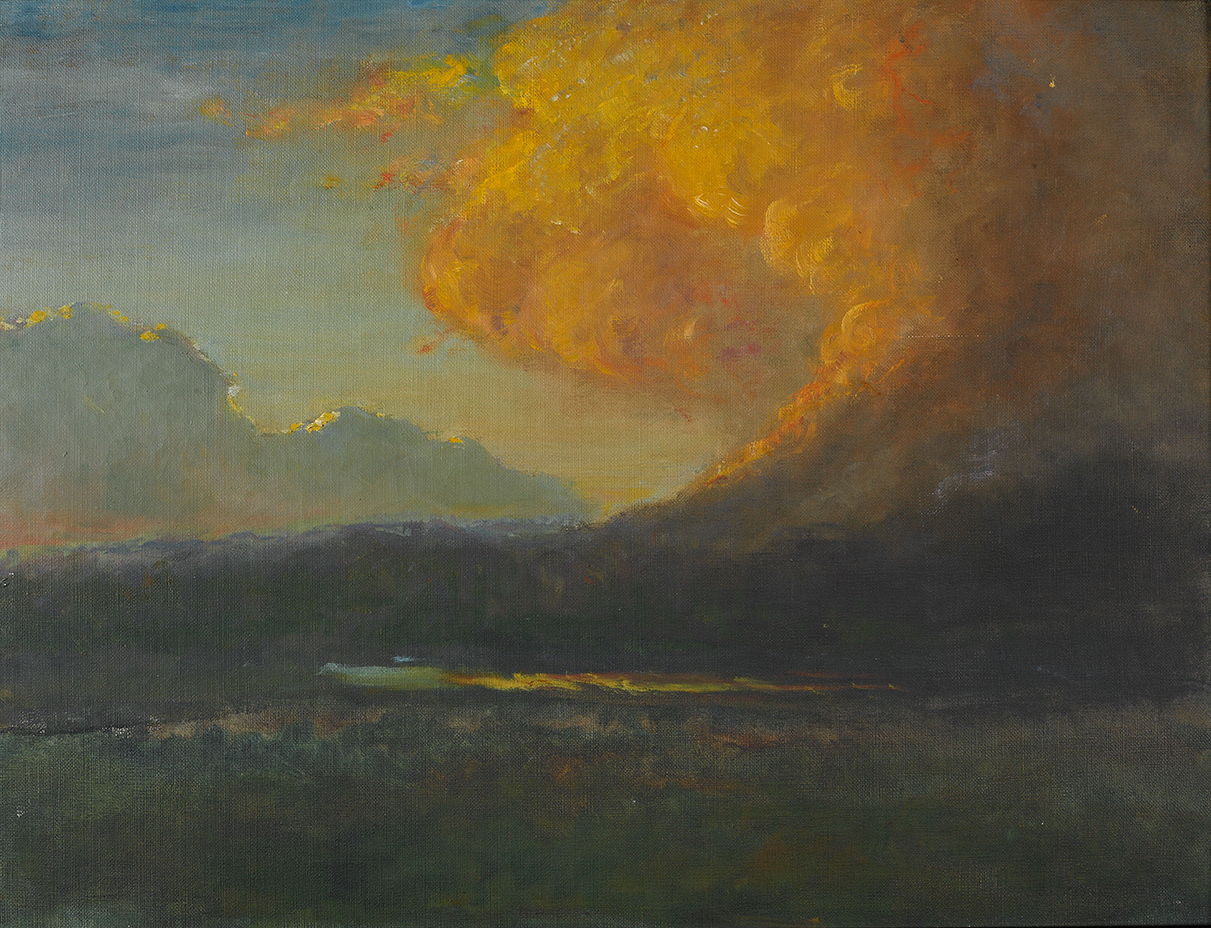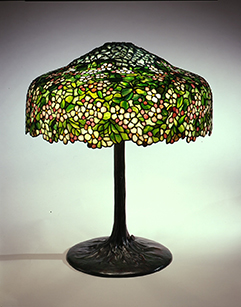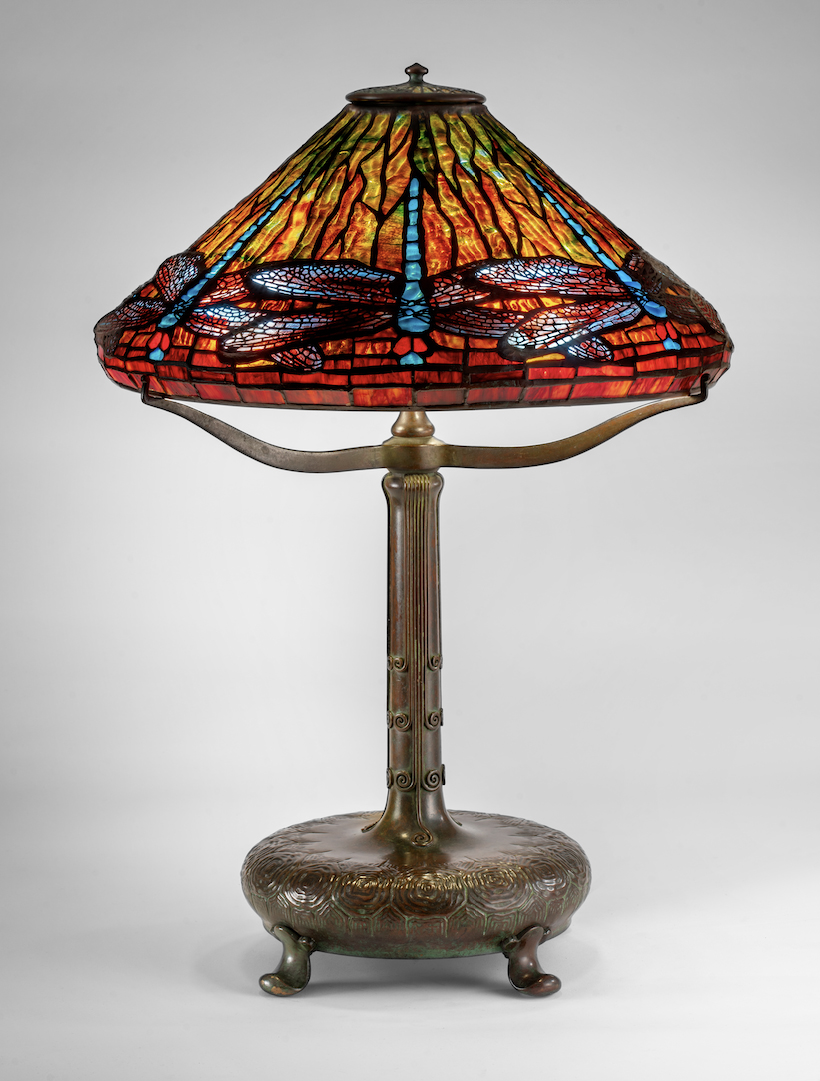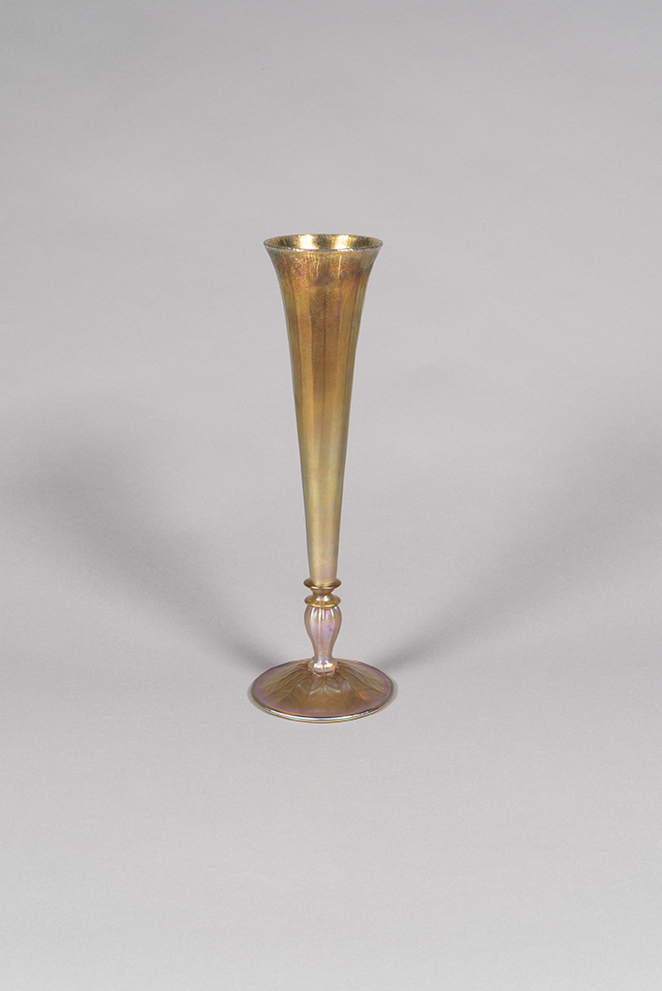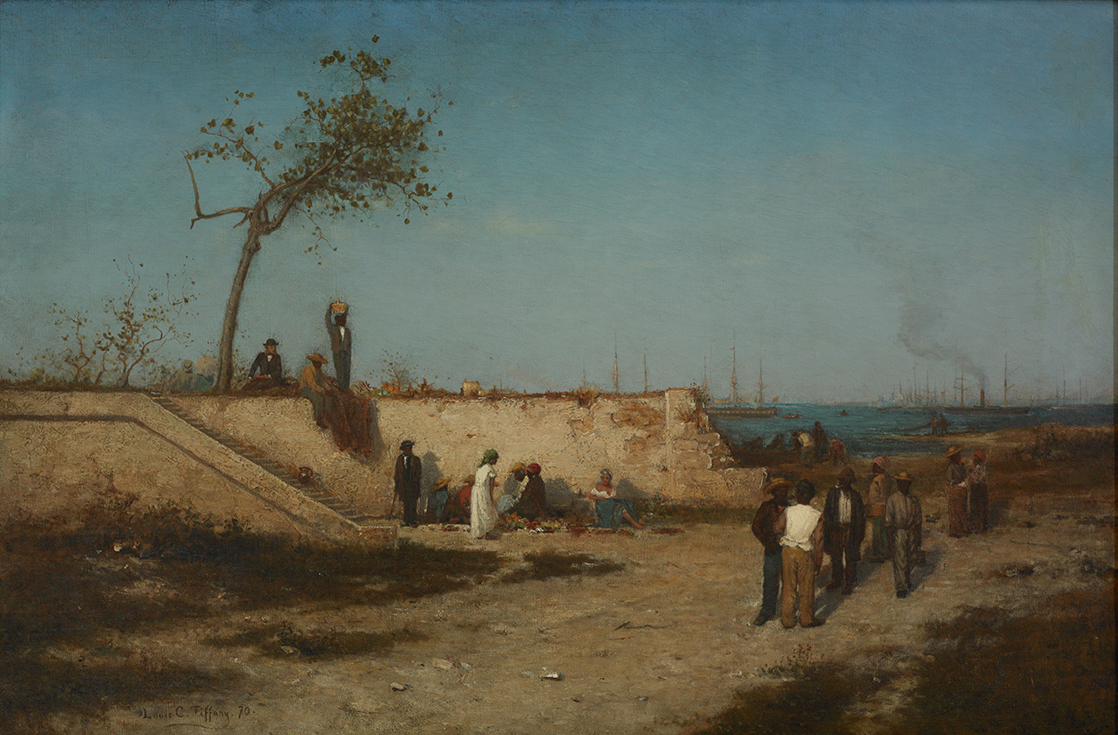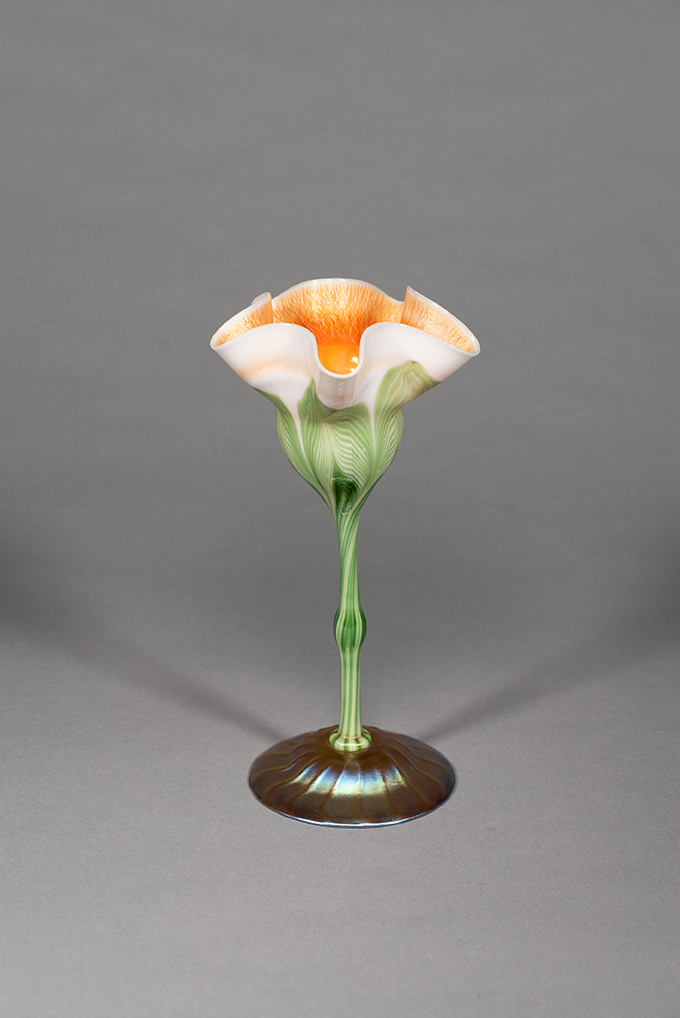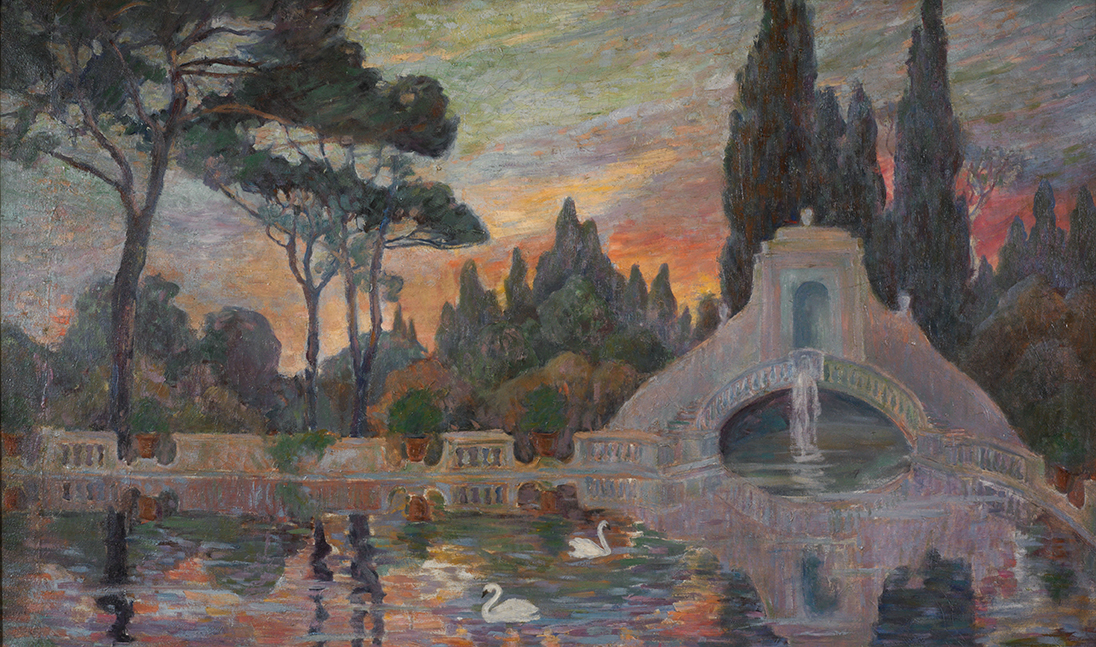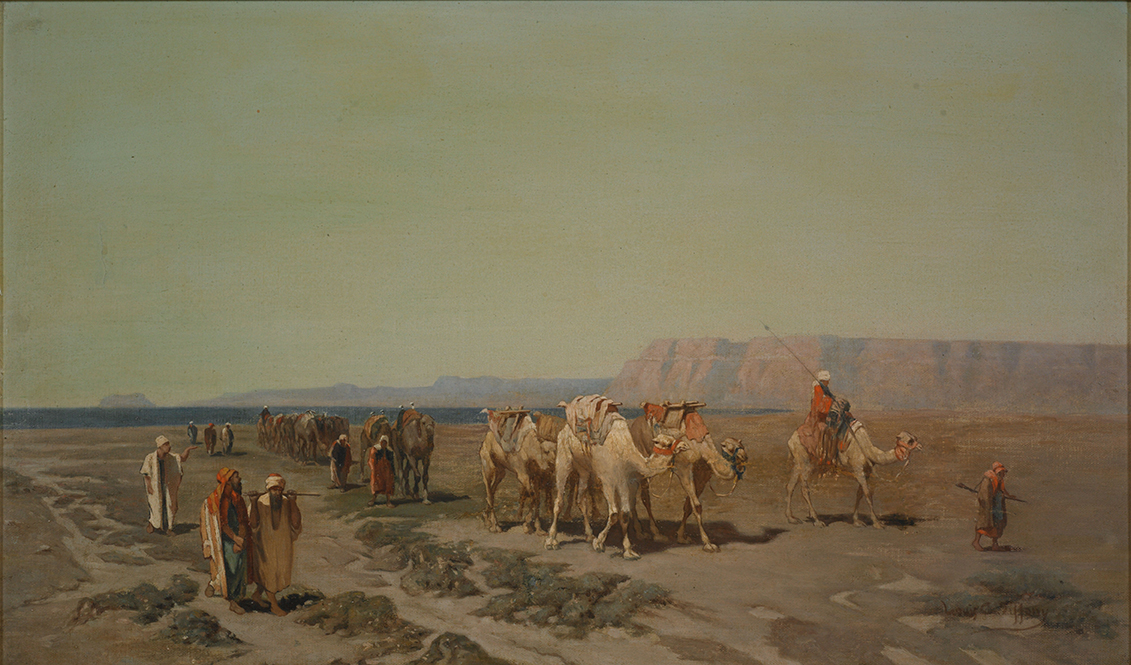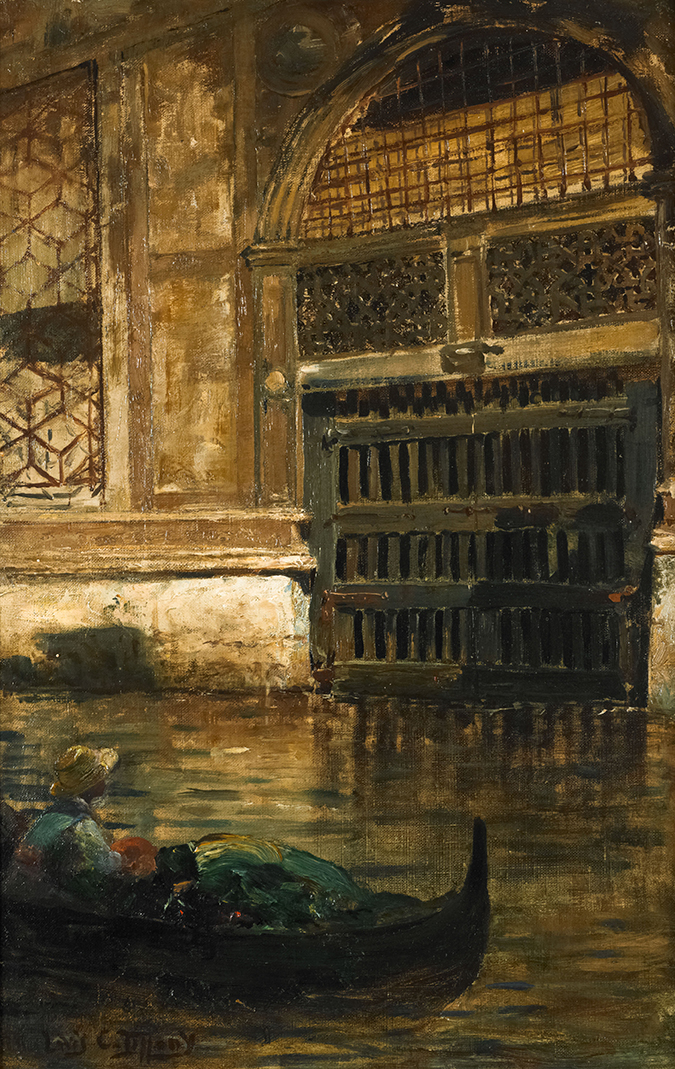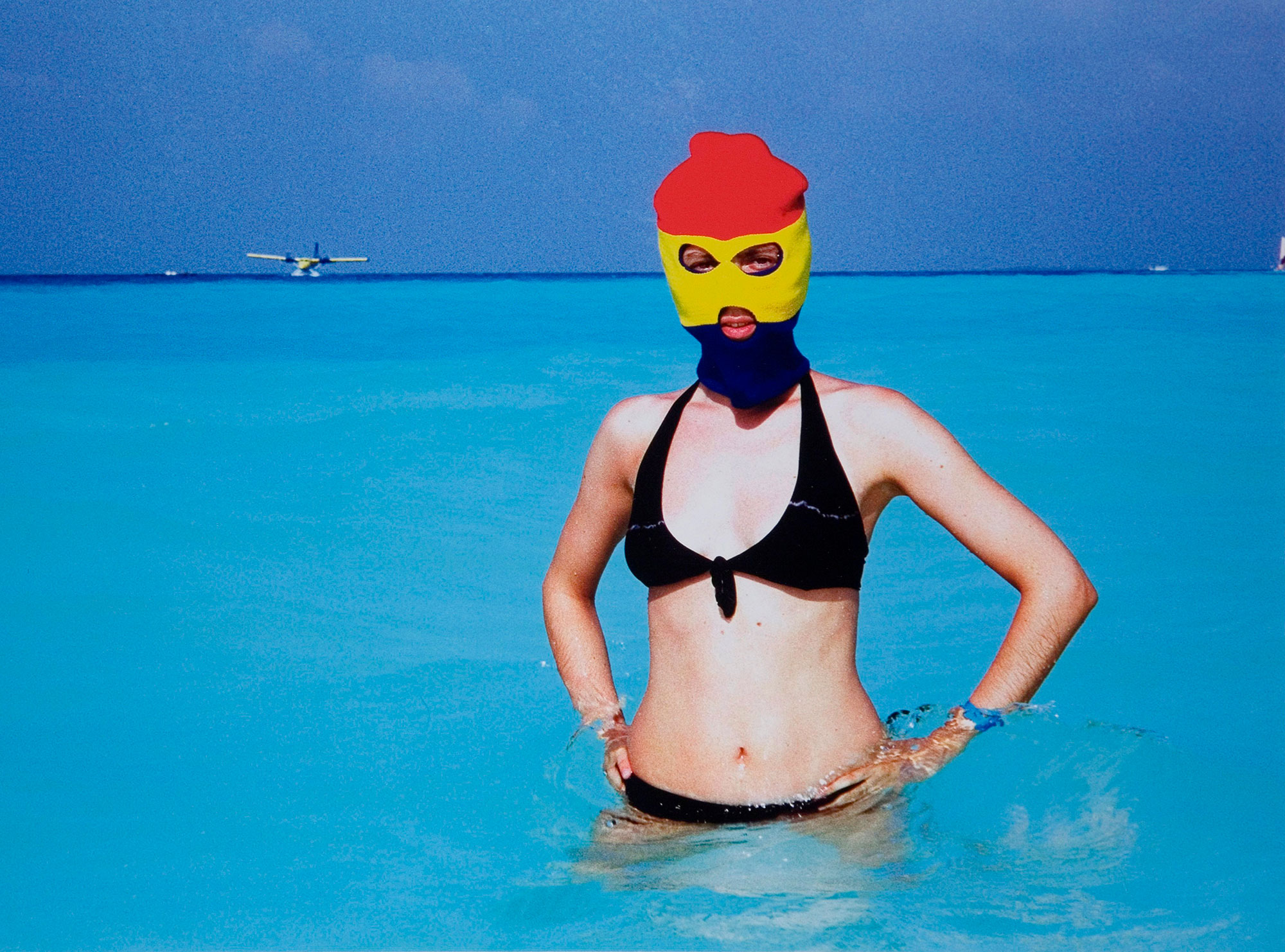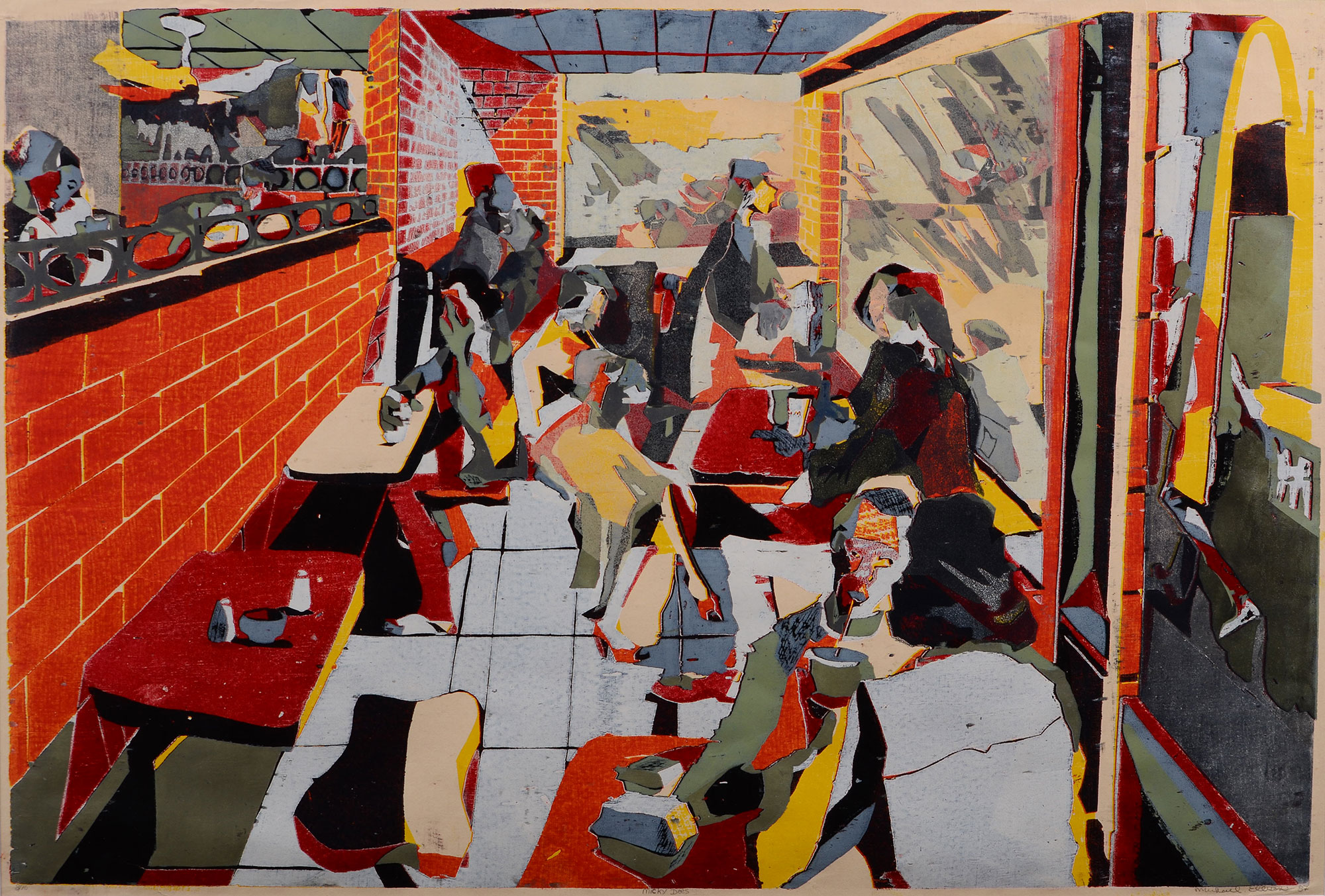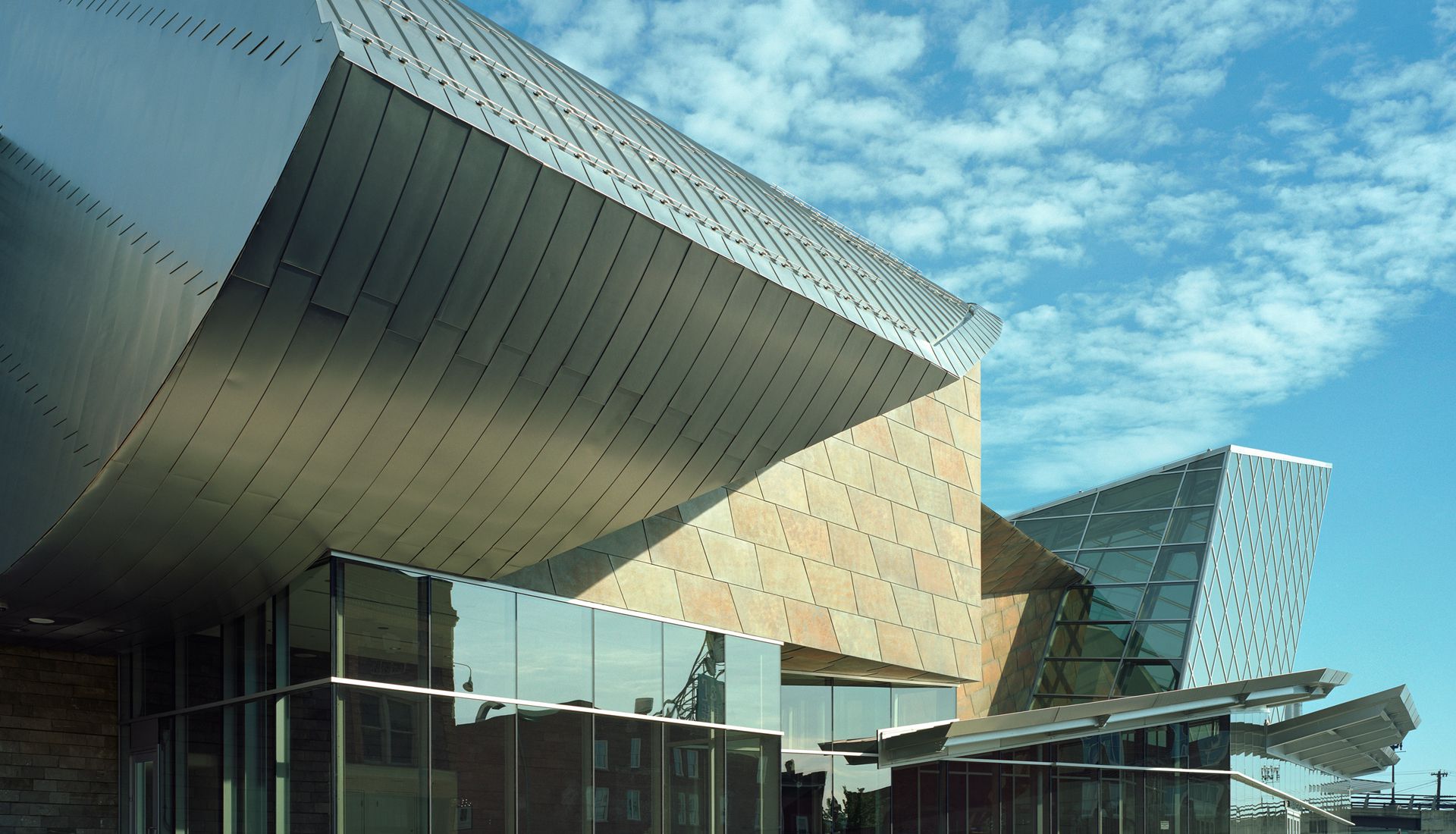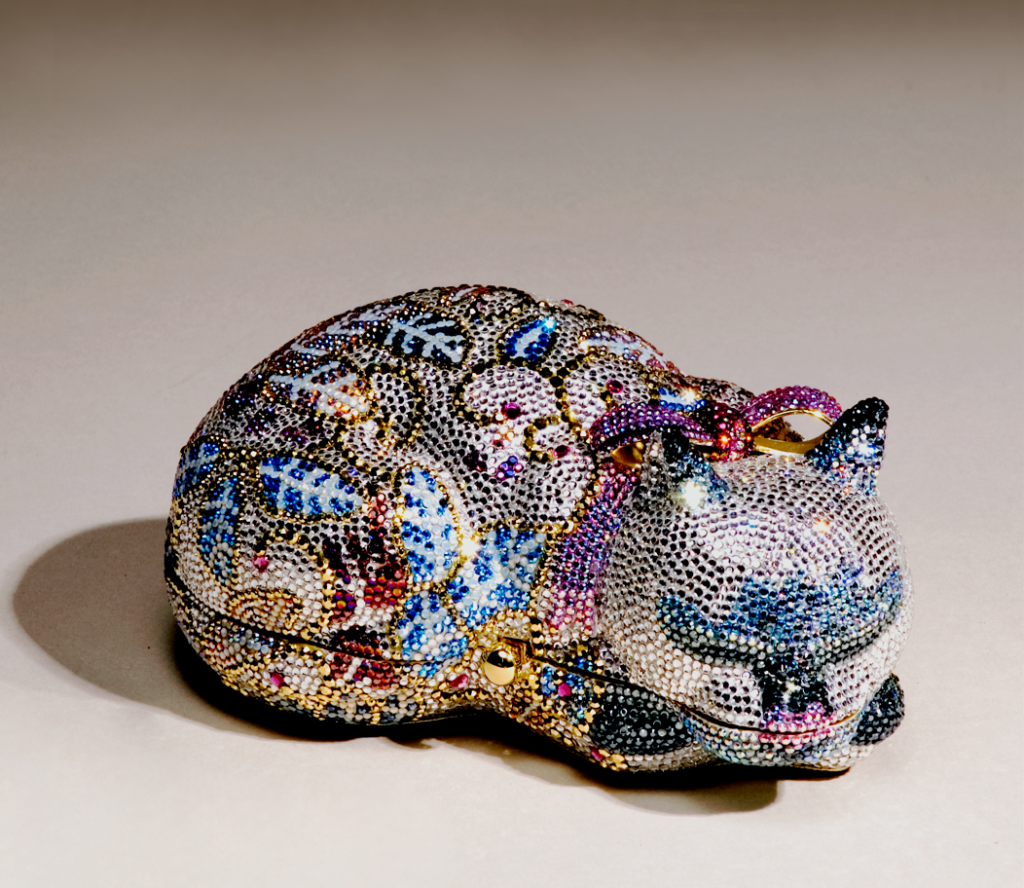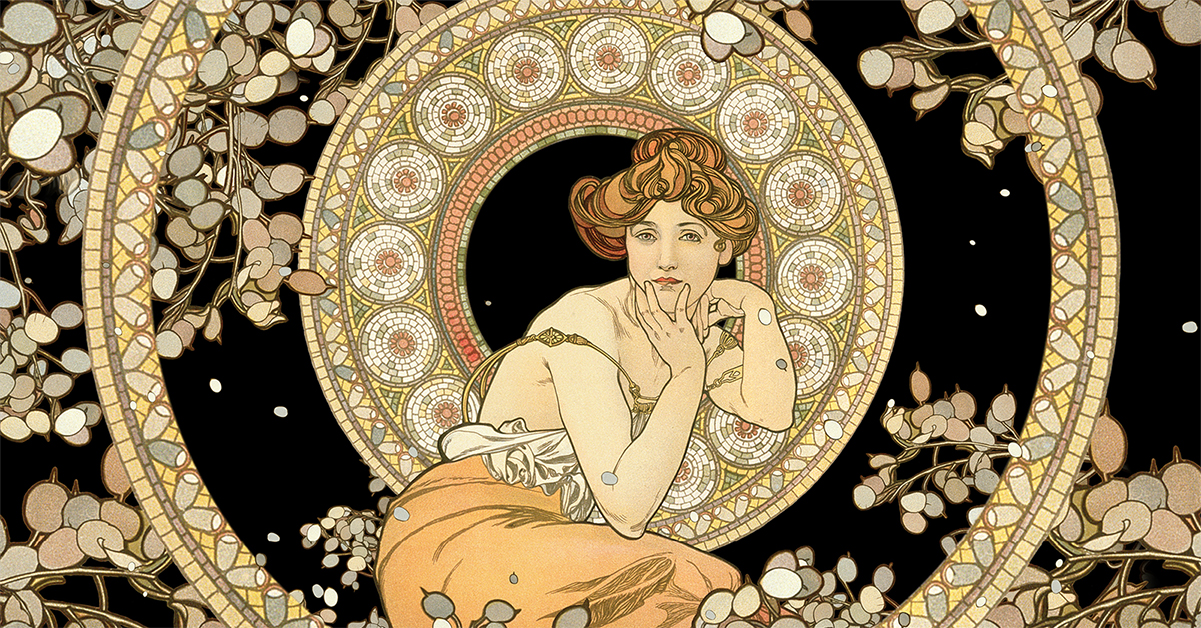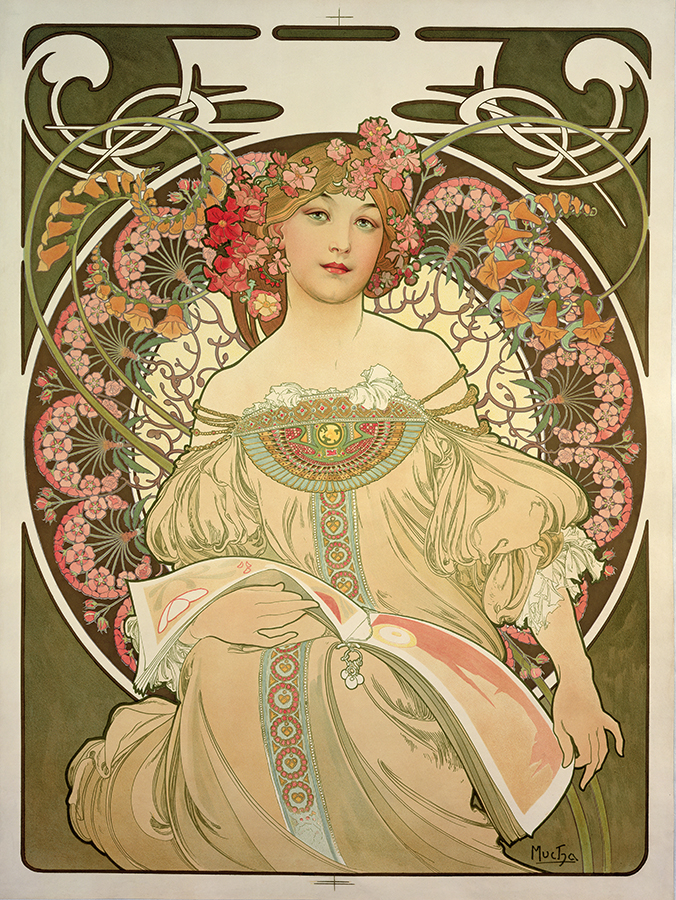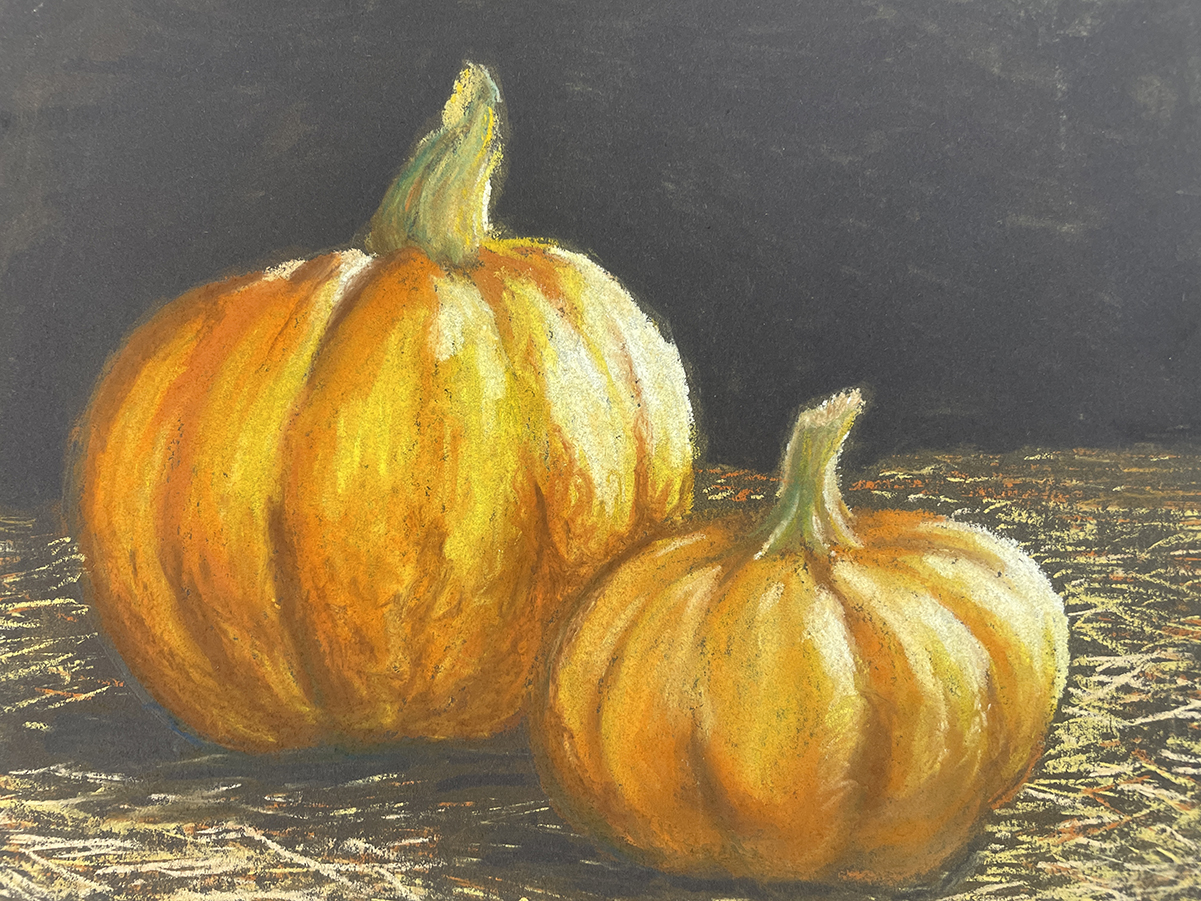
Louis Comfort Tiffany (American, 1848-1933), Pushing Off the Boat at Sea Bright, New Jersey (detail), 1887, oil on canvas, 23 ¼ x 35 inches, Courtesy of the Nassau County Museum of Art
The Art of Louis Comfort Tiffany: From the Nassau County Museum of Art with the Collection of Susan S. and David R. Goode and The Neustadt Collection
Apr 14, 2023 – Aug 13, 2023
The Taubman Museum of Art is pleased to present The Art of Louis Comfort Tiffany: From the Nassau County Museum of Art with the Collection of Susan S. and David R. Goode and The Neustadt Collection, on view April 14-Aug. 13, 2023.
Including American, European, and Middle Eastern landscapes as well as figure and still life compositions, this exhibition features 60 paintings by Louis Comfort Tiffany from the Nassau County Museum of Art in New York. Extraordinary examples of Tiffany Studio glass are also on view from the Neustadt Collection of Tiffany Glass in New York and the personal collection of Susan S. and David R. Goode, as well as the Taubman Museum of Art’s permanent collection.
While the Art Nouveau contributions of Tiffany Studio’s meticulously crafted glass objects is widely celebrated, the canvases that Louis Comfort Tiffany painted throughout his life are far less familiar. Tiffany’s painting memorializes his travels across American and the Caribbean, across Europe and the Mediterranean, and throughout North Africa and the Middle East. The Art of Louis Comfort Tiffany offers an uncommon glimpse into the artist’s personal and professional worlds. The exhibition is complemented by several examples of Tiffany Studio’s design, including a stained-glass window and lamps, blown and molded glass vases, as well as other decorative objects.
“The paintings gathered in this exhibition make it clear that Louis Comfort Tiffany’s accomplishments in glass and decorative objects cannot be separated from an aesthetic germinating within and refined through a lifelong practice of painting,” noted Dr. Karl Emil Willers, chief curator and deputy director of collections and exhibitions at the Taubman Museum of Art. “Throughout his career as a painter, Tiffany explored and experimented with many themes and a diversity of styles, ranging from landscapes that participate in American Luminism to figurative and still-life works that reveal a deep understanding of American Impressionism. I hope visitors to this exhibition walk away with a renewed appreciation for Louis Comfort Tiffany not only as a brilliant glass artist, but as a brilliant painter as well.”
Louis Comfort Tiffany (1848-1933) was one of the most creative and prolific artists and designers of the late 19th and early 20th centuries. His father, Charles Lewis Tiffany, was co-founder of Tiffany & Co., the still-prestigious silver and jewelry company. Louis Comfort Tiffany was therefore exposed to fine design and beautiful craftsmanship from an early age. As he grew older, the son became determined not to follow in his father’s footsteps, but instead strike out on his own path as an artist.
He left school at the age of 18 and began his art studies, first apprenticing with George Inness (1825-1894), a landscape painter of the Hudson River School, and then with Samuel Colman (1832-1920), a famed American landscape painter and watercolorist. Both Inness and Colman were interested in conveying the emotional effects of intense color and the spiritual impact of dramatic light rather than detailed descriptions of nature and the landscape.
At the age of 20, Tiffany left New York to study in Paris, where he met Léon Belly (1827-1877), a painter of Islamic genre scenes whose work significantly influenced Tiffany’s own art. At 22, he made his first trip to North Africa including Alexandria, Tunisia, Tangier and Algeria. The journey began in the European capitals of London, Paris and Rome, then also advanced to the Mediterranean regions of southern Spain, Malta, Sicily, and coastal Italy. The first paintings from Tiffany’s travels in North Africa were publicly exhibited in November 1871 in New York, and the following years brought a profusion of oils and watercolors depicting the Near East. These works were well received by the public and critics, part of the craze for all things considered oriental and exotic in the late 19th century.
In the 1880’s, Tiffany experimented further with various technique and subjects in his painting, turning to American scenes of the Hudson Valley, his father’s home near Irvington, N.Y., the shore near Sea Bright, N.J., and even travels to the Western United States. Many of these works reflect an interest in the effects of painting outdoors and capturing the changing qualities of light characteristic of Luminism combined with the more visible brushwork and high-keyed palette associated with American Impressionism.
By the early 1890’s, Tiffany renewed his interest in still life, painting flowers in natural settings or arranged with other objects, adding these to an astonishing variety of subjects and genres – natural landscapes, figure portraits, urban architecture, domestic animals and always travel sketches.
Tiffany’s fusion of the visual arts within Art Nouveau interiors of intricate design and subtle ambiance contrasted sharply with the era’s prevailing Victorian décor. Tiffany Studio’s fine crafting of materials to achieve overall atmospheric effects had a powerful influence on the evolving aesthetics of the wealthy and famous of the Gilded Age. It is a legacy that continues to be much admired and sought-after to this day.
The Art of Louis Comfort Tiffany: From the Nassau County Museum of Art with the Collection of Susan S. and David R. Goode and The Neustadt Collection is curated by Dr. Karl Emil Willers, chief curator and deputy director of collections and exhibitions at the Taubman Museum of Art.
It is on view April 14-Aug. 13, 2023, in the Bank of America Foundation and Dominion Resources Gallery and the Optical Cable Corporation Gallery. Generous support for this exhibition has been made in honor of Dr. Karl Emil Willers.
